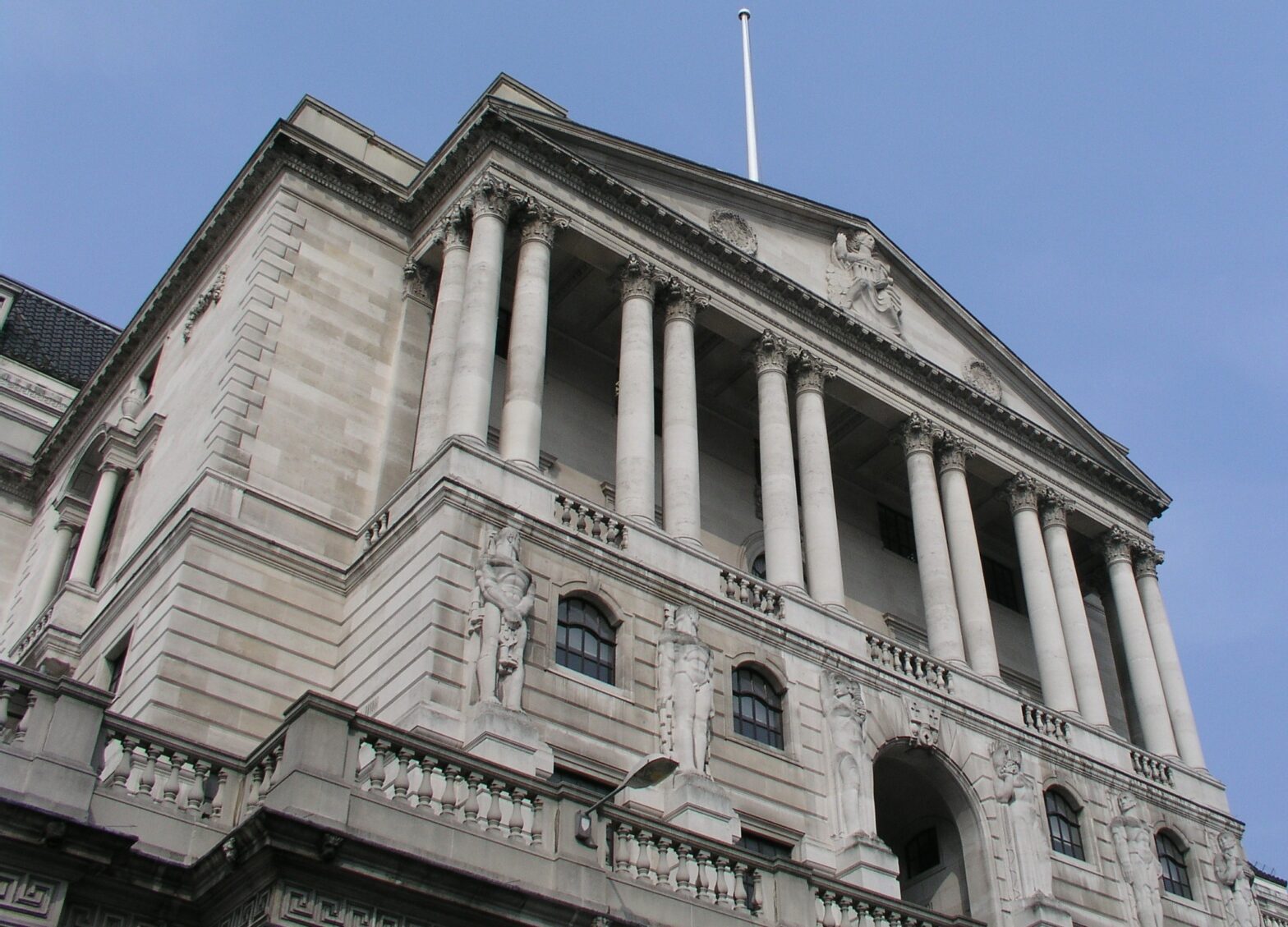Jane Walton, owner of an eponymous antique shop, renewed her overdraft in February only to see an increase in her charges. ‘I can only assume they did this to earn more money, as I’ve been told by them that I’m a low risk. We’re no better off now than we were six months ago. The banks could help us – mine is solvent and has been affected much less than others.
‘I feel I’m at their mercy; had they decided to put it up by ten per cent I would still have had to take it. I rely massively on my overdraft as my money is tied up in stock,’ she says.
According to research from the Forum of Private Business, the average overdraft lending rate is now 6.6 per cent – far above the 0.5 per cent Bank of England base rate.
In a changed climate with fewer lending opportunities (many foreign banks have now retreated to their home countries in order to lick their wounds), the response appears to be a cranking up of interest charges.
Collateral damage
‘Every year for the past ten years we’ve opened a new site. There’s just no way we can do that this year,’ laments Cheryl Hadland, the founder of Reside Care Homes.
In Hadland’s view, the banks are continuing to prioritise putting as much cash as possible on their balance sheets rather than supporting growing businesses. ‘We’re waiting until they can lend to us on more favourable terms. At the moment, we just don’t have the security to put down against the loans we are after.
‘I definitely don’t feel we are seeing any more bank lending; it still feels like they are grabbing everything they can. My bank manager has said: “I know you’re a good company, but don’t even bother asking for finance now,”’ she says.
Hadland’s story is by no means unique. The Bank of England recently reported that UK firms are continuing to be deprived of credit, with bank lending to companies outside the financial sector dropping 5.4 per cent in April – the steepest decline in nine years.
Personal guarantees against a loan, although nothing new, are now standard procedure for entrepreneurs if finance is going to be made available. Steve Cooper, managing director of Barclays Local, argues that in this risk-averse climate it makes sense in many instances to ask for additional security and insurance: ‘We believe a personal guarantee is often necessary as the likelihood of a business deferring a loan repayment reduces by 40 per cent,’ he says.
Bank lending – supply and demand
Over the past couple of months, there has been a discernable improvement among certain banks as it has become apparent that the world isn’t going to end. The terms of borrowing may be more onerous but that shouldn’t be confused with believing that no money is available.
Barclays’ Cooper explains: ‘It’s true that people are finding it harder to obtain money, but maybe that’s no bad thing as we are still in a pretty difficult economic environment, so it should be harder to get money. At the moment, we’re approving around 70 to 75 per cent of borrowing requests.’
Stephen Pegge, communications director for Lloyds TSB, quotes similar figures for the bank’s approval rates (down to 75 per cent, compared with 85 per cent in 2007). However, he attributes this drop-off in lending to a fall in demand. ‘What has been surprising about this recession compared with others is that overdrafts haven’t been growing very fast,’ he says. ‘I think that’s because a lot of businesses have rapidly reduced their stock [so they don’t need to have working capital in this form].’
Huw Morgan, head of business banking at HSBC, observes that the number of loan approvals for growing businesses is increasing, although overall lending is now down by 15 per cent compared with six months ago. ‘The fall in lending is mainly due to businesses hunkering down – and so they aren’t looking for more credit,’ says Morgan. ‘I wouldn’t be as confident as to say that things have improved a lot, but I’m more optimistic looking forward to the next three months than I have been.’
Government-backed borrowing
Stephen Hay, director at accountancy firm 2020, is convinced the decrease in businesses asking for bank finance is due to a toughening up of lending criteria: ‘I would estimate that about 90 per cent of my clients are currently looking for bank funding,’ he says. But Hay has so far seen only one of his clients secure funding through the EFG: ‘I have experienced two rejections for the EFG that three years ago would certainly have been granted under the Small Firms Loan Guarantee scheme. My gut feeling is that EFG loans are going to larger SMEs that are far less risky,’ he says
Nevertheless, it seems that more businesses are managing to secure the EFG. Government figures show that 2,855 businesses have so far been offered loans totalling £271 million.
Mark Giles, owner of Abby Couriers, was approved for the EFG after he was unable to meet the lending conditions of an ordinary small business bank loan. He says: ‘By the end of last year we were losing work through no fault of our own. As a response, we hit the sales and marketing side in order to win new customers, which paid off. But we needed working capital of £100,000 to see it through.
‘Our bank knew why we needed the money and that we had a good track record, but they wanted 100 per cent security on the loan. As our premises are rented, we weren’t able to provide that sort of collateral.’
When the scheme was first announced Giles says that his bank manager didn’t know anything about it. But once the government’s plans had eventually been communicated, the process of obtaining an EFG was fairly easy. He puts this down to the company’s 16-year trading history and having several blue-chip clients on its books. ‘We ticked all the boxes as far as they were concerned. If it wasn’t for the EFG, we would have been a long way back from where we are now, and certainly would have had to make some staff cuts,’ Giles adds.
Slow recovery
Martin Upton, lecturer in finance for the Open University, says that it is necessary to look at the psychology of lending in order to understand banking behaviour. ‘After having had a bad experience, they are looking at the areas where they have already lent, rather than new areas. They just don’t have the appetite for new business.
‘There are also regulatory developments they are having to deal with from the Financial Services Authority in terms of being required to have a greater amount of liquidity. They’re pressing the conservative button on lending and looking to widen margins where they can – consequently, there’s less money
available for commercial business.’
Upton adds: ‘It won’t be until the banks have repaired their balance sheets that we will get a true picture of what lending conditions are.’
See also: A guide to getting a small business loan





